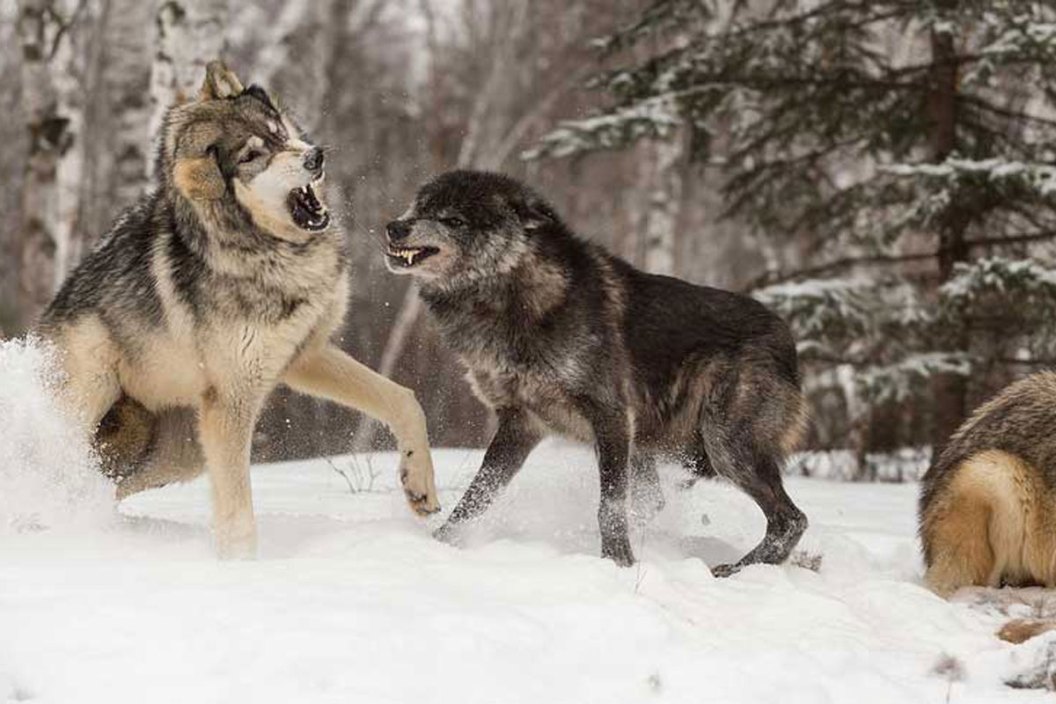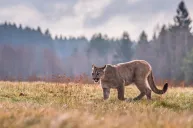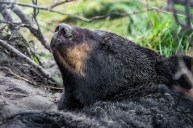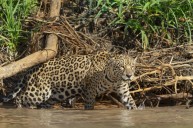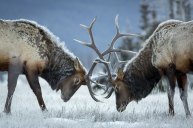Here are our top five North American predators that you don't want to cross paths with!
Hang on to your hats as we take a ride through the baddest North American predators known to man.
I know what you're thinking, and no, Bigfoot did not make the list! We focused on land critters, knowing full well we'd never jump into great white shark-infested waters, or swamps likely to hold American alligators.
Not all of these are necessarily found in the United States, but they're all on the same continent. This diverse landscape and ecology has a lot of interesting critters, and they're all afraid of these guys.
1. Polar Bear
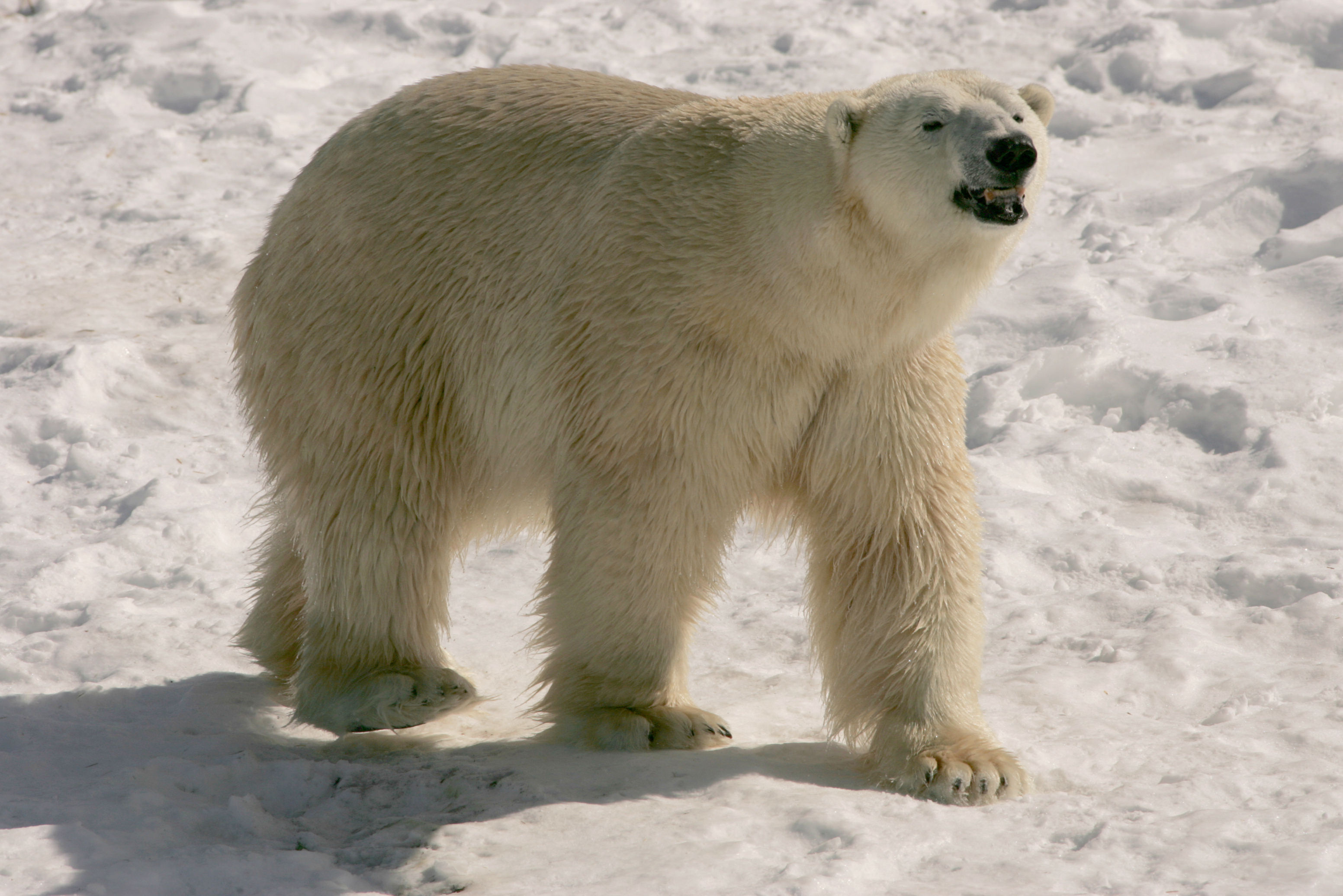
While most of the human population of North America will never see a polar bear in the wild, they are the apex predator of this list because of their sheer size and power. Living only in the Arctic wasteland, these bears have strict competition over the sows. Boars have been filmed literally ripping each other to shreds over breeding rights.
Now, if you want to hunt one of the 26,000 polar bears that are estimated to be in the wild, that can be arranged. However, I must warn you that polar bear hunting is known by outfitters as one of the toughest hunts on the planet, not because bears are that hard to find, but because of the insanely physical demands and tough climate that lay ahead for the hunter. If you are thinking of chasing one of these large predators, intense training must be done prior to the expedition.
2. Mountain Lion
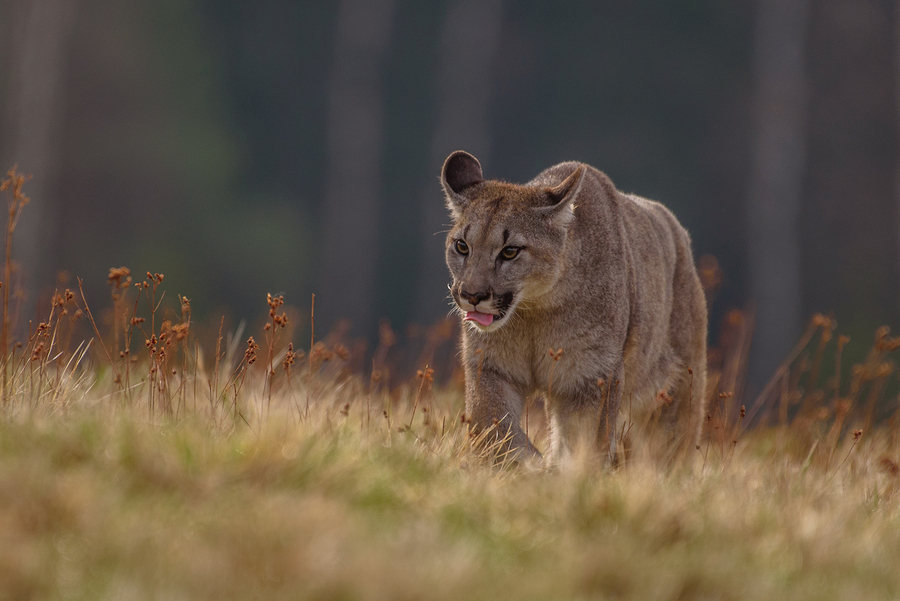
The mountain lion is one of the stealthiest and baddest cats on the planet. Don't be fooled by their pleasant look; this isn't your ordinary house cat. Found from Florida to Texas (even parts of Mexico) to California to Wyoming to Northern Canada, these carnivores are the real deal.
With males reaching up to around 200 pounds these animals can quickly take down a white-tailed deer or smaller game animal in seconds. One successful bite to the throat or neck is all they need to subdue their prey. While attacks on humans are rare, they do occur and the results can be devastating.
Like most North American predators, there is a hunting season for mountain lions, or pumas, as well. Hunting these animals is done mostly with a pack of keen hunting dogs during winter conditions. These dogs track the animals until they eventually corner them up in a tree. However, the hunt isn't over at that point. With a cat that big anything is likely to happen.
Many times, the mountain lion will leap out of the tree and down to the snowy ground below in order to escape. It is the hunter's job to get a shot off before the mountain lion has a chance to utilize this option. No doubt about it, mountain lion hunting looks like a blast.
3. Grizzly Bear
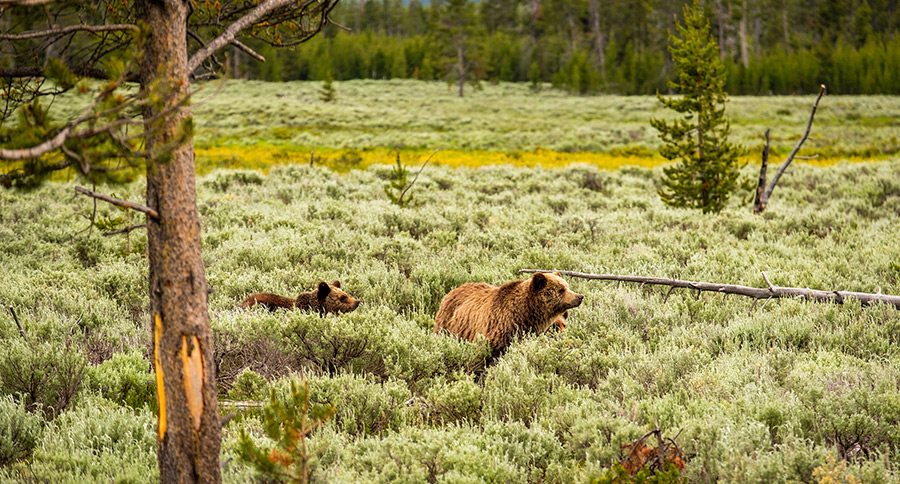
While the grizzly population is nothing like what it used to be a hundred years ago, this is an animal that most outdoorsmen in North America have extreme respect for. Attacks by the biggest member of the brown bear family can happen in certain areas of the country and extreme caution must be taken while in grizzly country.
If a grizzly feels threatened in its own ecosystem, or is trying to protect her cubs, then the situation can turn deadly in a matter of seconds. Carrying specially designed pepper spray or a large handgun is your best option at warding off a charging bear.
While the population thrives in areas in Alaska and Canada, numbers in the lower 48 states are extremely low in comparison. There are an estimated 1,800 grizzly bears living in five main population groups. Most of which inhabit the Northern Continental Divide and the Yellowstone Population.
If you are looking to hunt a grizzly bear then your best option is to travel to Alaska or B.C. in order to secure your trophy. While hunting does take place in the lower 48, populations are much more sustainable in the far north.
What you won't find on this list is black bears, as they don't account for too many violent predatory kills.
4. Wolves

If you are scared of your neighbor's German shepherd, then these animals will give you nightmares. A few subspecies exist, but they're all attack-driven predators.
In the past, the wolf population in North America was on a strict decline. Thankfully, extreme conservation efforts have worked to drastically improve the numbers and today a healthy population exists in many areas. There is an estimated total of around 5,600 wolves spread across the lower 48 states alone. In Alaska, there are between 8,000 and 11,000 gray wolves and, incredibly, 53,600 to 57,600 wolves roam free in Canada.
Wolf hunting can be as challenging as it is dangerous; however, many great wolf hunting opportunities take place in Alaska and the American Northwest. These animals often share habitat with our other two top North American predators, the cougar and the grizzly bear. Because of this, extreme caution must be taken. While other options are available, the spot and stalk method is the most popular way to fill a wolf tag.
5. Wolverine
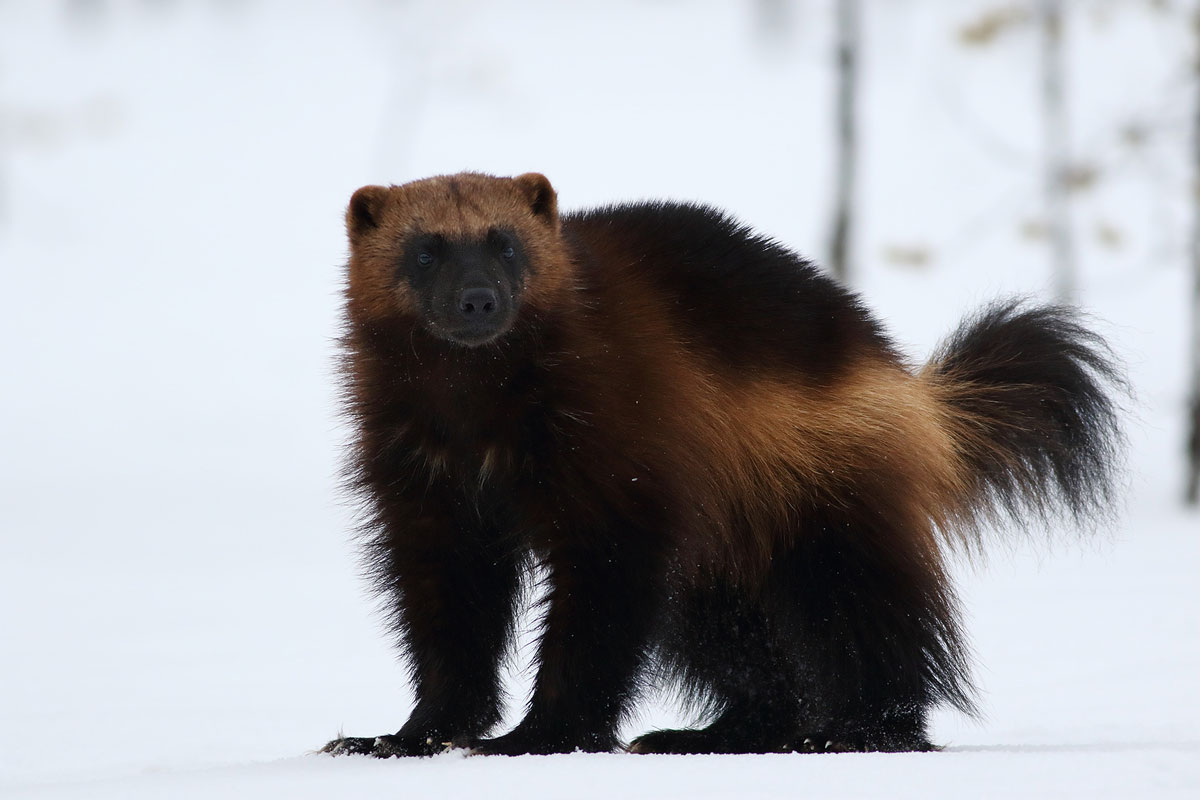
Don't let the size of this 'lil guy fool ya. While he doesn't have the weight of the other top North American predators on this list, he makes up for that with his pound-for-pound strength and ferocious behavior. Think about it, X-men wouldn't have named one of their characters after this guy if he didn't have a dark side to him.
This bad dude is the largest member of the weasel family, and while experts are not exactly sure as to how many wolverines make up the breading population, they suggest that the numbers continue to drop from year to year. As of now, around only 250-300 wolverines are thought to live in the Rocky Mountains and North Cascades in the western U.S.
Did you enjoy this post? CLICK HERE to view more articles by Jesse Males. You can also follow him on Facebook Backwater Fly Fishing, Twitter @Backwater_Fly, and Instagram backwaterflyfishing.
Products featured on Wide Open Spaces are independently selected by our writers and editors. However, when you buy something through our links, we may earn a commission.
NEXT: A FASCINATING CLOSE-UP LOOK AT HOW BEAVERS GNAW THROUGH TREES
